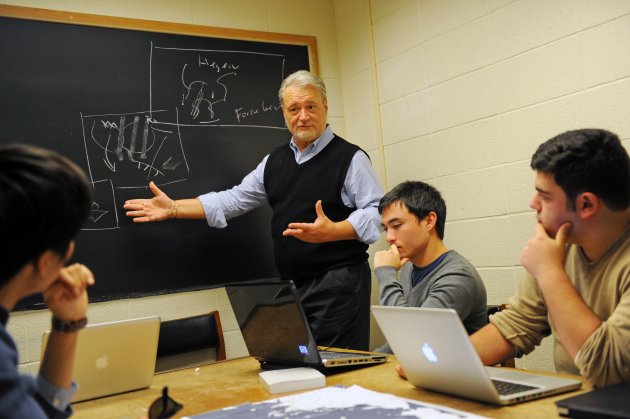Digging into China’s nuclear tunnels

The Chinese have called it their “Underground Great Wall” — a vast network of tunnels designed to hide their country’s increasingly sophisticated missile and nuclear arsenal.
For the past three years, a small band of obsessively dedicated students at Georgetown University has called it something else: homework.
Led by their hard-charging professor, a former top Pentagon official, they have translated hundreds of documents, combed through satellite imagery, obtained restricted Chinese military documents and waded through hundreds of gigabytes of online data.
The result of their effort? The largest body of public knowledge about thousands of miles of tunnels dug by the Second Artillery Corps, a secretive branch of the Chinese military in charge of protecting and deploying its ballistic missiles and nuclear warheads.
The study is yet to be released, but already it has sparked a congressional hearing and been circulated among top officials in the Pentagon, including the Air Force vice chief of staff.
Most of the attention has focused on the 363-page study’s provocative conclusion — that China’s nuclear arsenal could be many times larger than the well-established estimates of arms-control experts.
Evidence of China’s nuclear storage system
Read the related article: Georgetown students shed light on China’s tunnel system for nuclear weapons.

(NOTICE WHO IS AGAINST THIS STUDY)
But the strongest condemnation has come from nonproliferation experts who worry that the study could fuel arguments for maintaining nuclear weapons in an era when efforts are being made to reduce the world’s post-Cold War stockpiles.
Beyond its impact in the policy world, the project has made a profound mark on the students — including some who have since graduated and taken research jobs with the Defense Department and Congress.
No comments:
Post a Comment